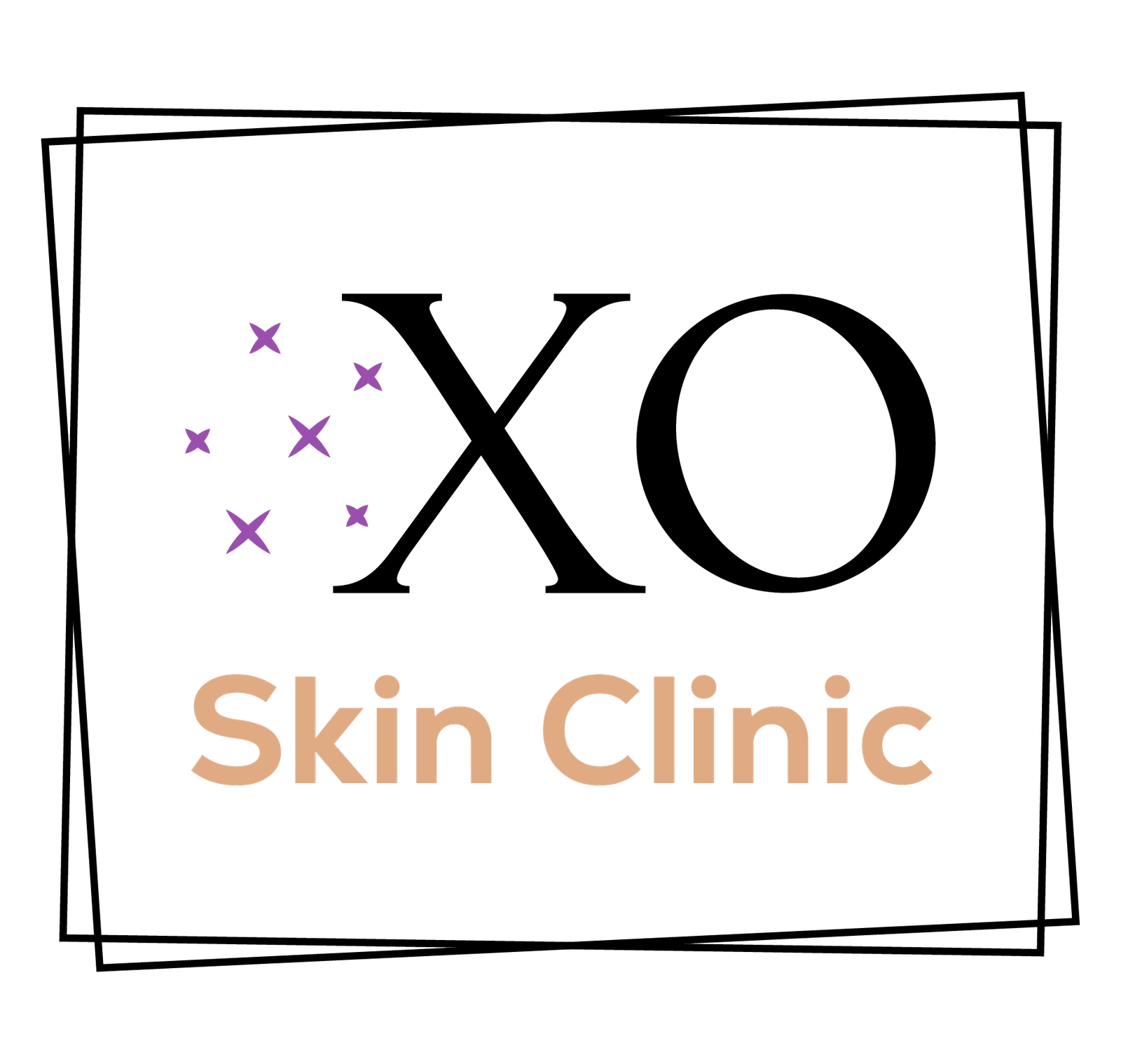Hyperhidrosis
Say Goodbye to Excessive Perspiration
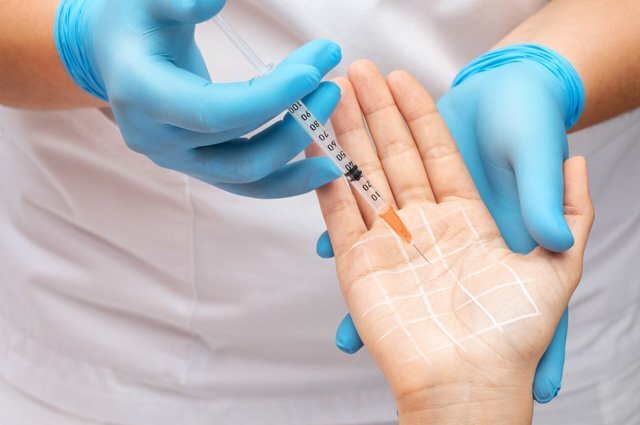

What is hyperhidrosis
Hyperhidrosis (excessive sweating) Treatment
Hyperhidrosis is a medical condition characterized by excessive sweating that goes beyond what is necessary to regulate body temperature. This excessive sweating can happen spontaneously or be triggered by heat, exercise, or emotional stress, and it often affects specific areas such as the palms, soles, underarms, face, or other parts of the body.
Some key points about Hyperhidrosis:
Primary (Focal) Hyperhidrosis: Usually affects specific areas like hands, feet, underarms, or face, with no underlying cause.
Secondary (Generalized) Hyperhidrosis: Sweating occurs over larger areas or the entire body and may be caused by medical conditions, medications, or hormonal issues.
It can significantly interfere with daily activities, cause embarrassment, social anxiety, and skin infections due to constant moisture.
Often unknown in primary hyperhidrosis; secondary hyperhidrosis is linked to underlying health issues like infections, hormonal imbalances, or medications.
Before & After
What Should You Expect From Our Treatment?
Before
After
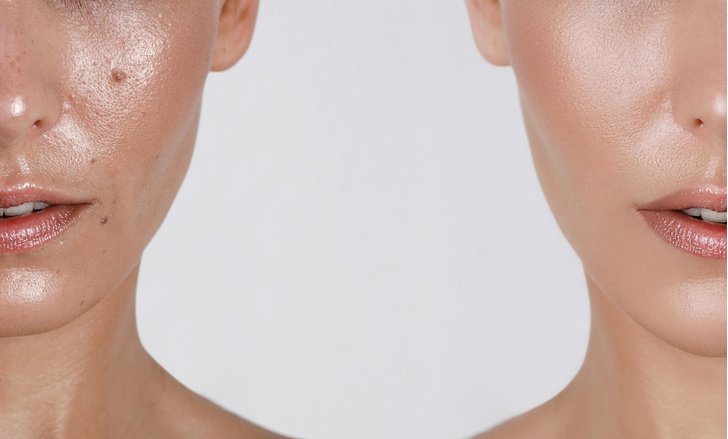
Reduced Sweating
Steps
Your Hyperhidrosis Treatment
Journey: What to Expect
Step 1: Consultation and Assessment
Initial Consultation: Discuss your concerns and treatment goals with our practitioner.
Assessment: Evaluate the severity of your hyperhidrosis to determine the most effective treatment plan.Step 2: Pre-Treatment Preparation
Cleanse and Prepare: Thoroughly clean the treatment area to ensure optimal results.
Numbing Cream (Optional): Apply a numbing cream to minimize discomfort during the procedure.Step 3: The Treatment Process
Injection Sites Marking: Identify and mark the specific areas for injection to ensure precision.
Botox Injections: Administer Botox into the marked areas to block the nerves that stimulate sweat glands.
Post-Injection Massage: Gently massage the area to ensure even distribution of the Botox.Step 4: Post-Treatment Care
Immediate Aftercare: Expect mild redness or swelling at the injection sites, which usually subsides quickly.
Avoiding Excessive Heat: Keep the treated area cool and avoid hot baths, saunas, and strenuous exercise for a few days.
Follow-Up Instructions: Follow detailed aftercare instructions to maximize the effectiveness of the treatment.Step 5: Results and Follow-Up
Gradual Improvement: Notice a reduction in sweating over the following weeks as the treatment takes effect.
Follow-Up Consultation: Return for an assessment to evaluate the results and discuss the need for additional treatments.

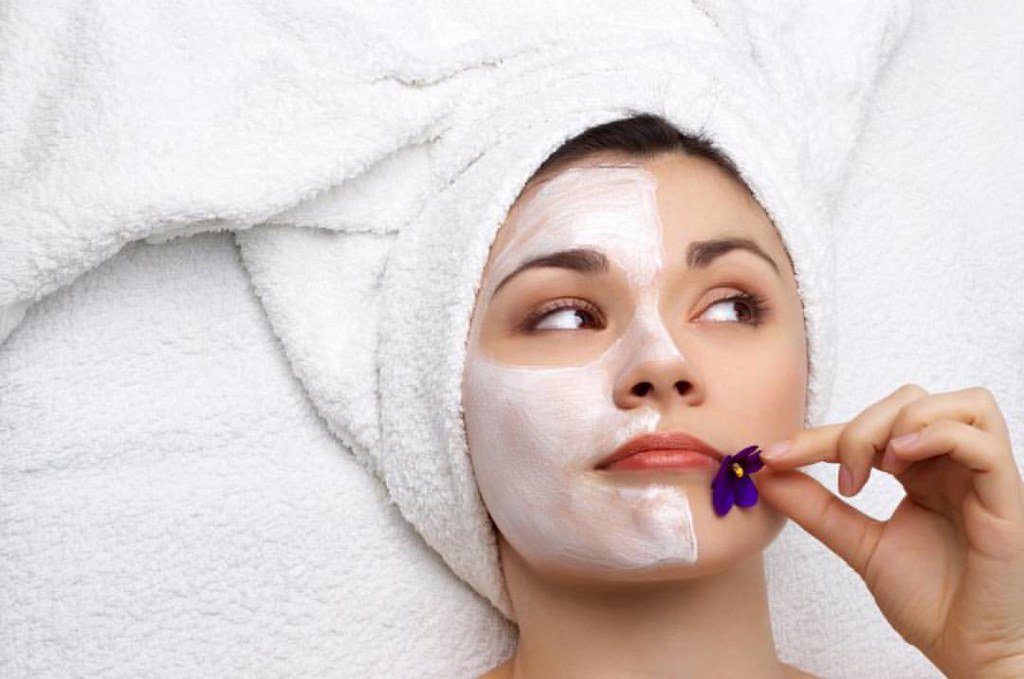
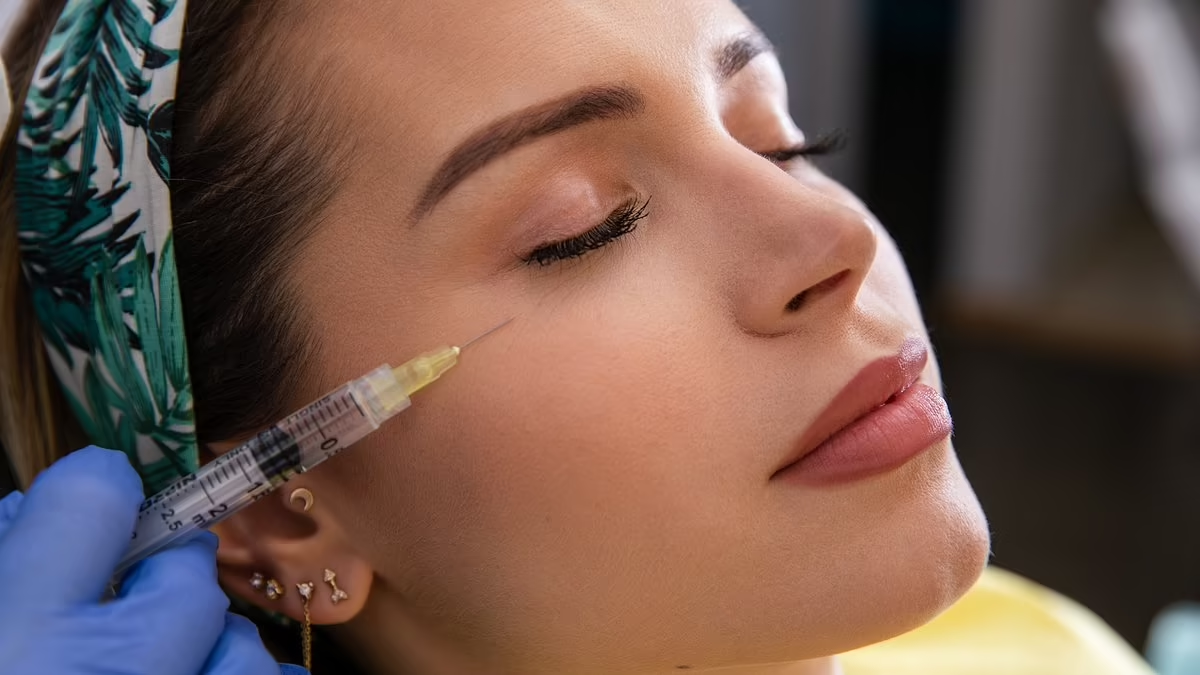
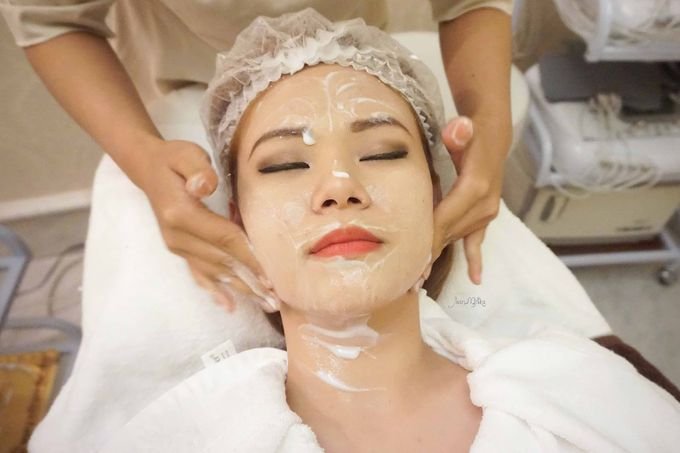

Ready to Book?
Are You Looking For Hyperhidrosis Treatment?
Already a Customer?

New to XO Skin Clinic?
FAQS
Do you have any questions in mind?
Botox is used to block the nerves that stimulate sweat glands, thereby reducing excessive sweating.
The effects of Botox typically last between 6 to 12 months, after which the treatment may need to be repeated.
While there is no cure for hyperhidrosis, treatments can effectively manage symptoms and significantly improve quality of life.
Exercise can trigger sweating, but it's not necessary to stop working out. Many people with hyperhidrosis manage their condition and still lead active lifestyles.
Exercise can trigger sweating, but it's not necessary to stop working out. Many people with hyperhidrosis manage their condition and still lead active lifestyles.
